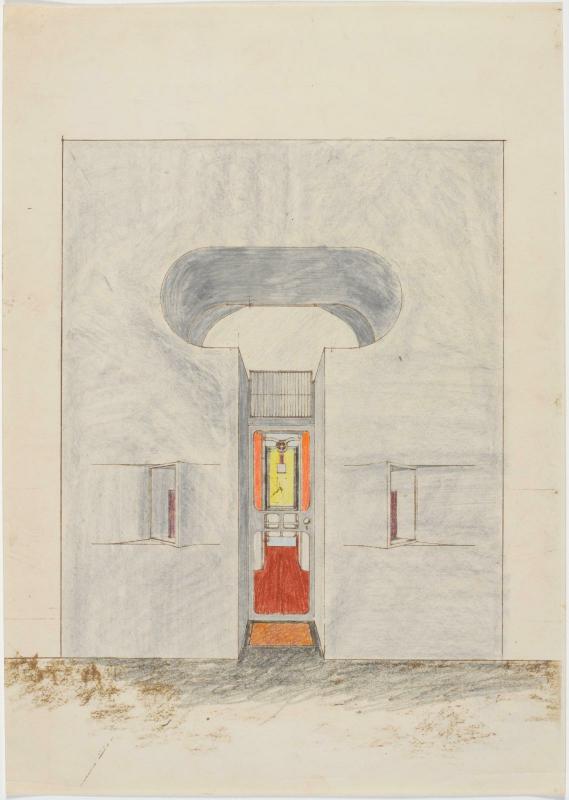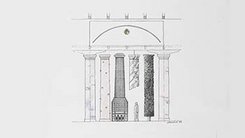
With Hans Hollein, “Everything is Architecture”
The exhibition “Hans Hollein transFORMS” offers a deeper understanding of the coherence behind his creative and critical approach. It sheds light on his most emblematic works, which punctuate a body of research developed over more than half a century. While he has often been associated with the postmodern movement, this reading deserves to be re-examined in light of his engagement with the various trends that shaped the post-avant-garde from the 1960s to the 1980s, ranging from informal art to conceptual art and radical architecture.
Beginning with his early explorations of space (1958–1962) and sculptural architecture in Austria and the United States, followed by the “Architektur” exhibition with Walter Pichler (Galerie nächst St. Stephan, Vienna, 1963) and his urban-scale collages (now held at MoMA), the first phase of his work aligns closely with conceptual art—particularly through his contributions to the publications and exhibitions associated with this movement.
From 1965 onwards, Hollein became involved in editing the journal Bau and multiplied his interventions to foreground the psychophysical and cognitive dimensions of architecture. He conceived major exhibitions, such as “Austriennale” and “MAN transFORMS”, as well as installations like Die Turnstunde (The Gymnastics Lesson, 1984), which reflect an ongoing investigation into form, its constancies and its transformations. His design for the iconic façade of “La Strada Novissima”—the landmark exhibition of postmodernism at the Venice Biennale in 1980—secured his international reputation.
Following the completion of several boutiques, including Retti (1966) and Schullin I and II (1974–1976), Hollein expanded his architectural practice in Austria—most notably with the Haas Haus (1990), located opposite St. Stephen’s Cathedral on Vienna’s central square—and internationally, with major projects such as the Abteiberg Museum in Mönchengladbach (1982), the Museum of Modern Art in Frankfurt (1991), and the Vulcania theme park (2002) in France’s Auvergne region.
In 1987, the Centre Pompidou dedicated a major exhibition to the Austrian architect, and two years after his death in 2014, the Musée National d’Art Moderne acquired a significant collection of his works, including installations, models, drawings, and archival materials spanning every aspect and period of his practice. ◼
Related articles
In the calendar
The emblematic façade of « La Strada Novissima », Venice Biennale (1980)
© Hans Hollein






